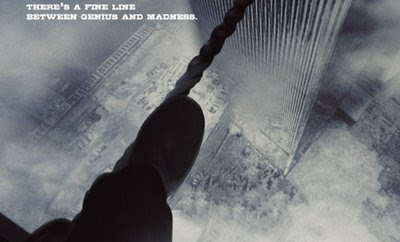 It's fun to see how many friends you can hook up with on Facebook. That could include friends, former friends, schoolmates, acquaintances, recruiters ... you get the idea. A friend of mine sent me this message last month saying she was whittling down her network on Facebook. What's the optimal number friends? Too many and you look insecure. Not enough and you look like your anti-social, unconnected or just to busy to care.
It's fun to see how many friends you can hook up with on Facebook. That could include friends, former friends, schoolmates, acquaintances, recruiters ... you get the idea. A friend of mine sent me this message last month saying she was whittling down her network on Facebook. What's the optimal number friends? Too many and you look insecure. Not enough and you look like your anti-social, unconnected or just to busy to care.According to one site there is a 5,000 maximum friend allotment. I took a quick survey and didn't find any of my friends in that mega-friend category.
What is the happy medium? According to researcher Robin Dunbar it's 100 to 150. That's the general size of group where everyone knows everyone else. Studies of military units, city dwellers and churches suggests a similar finding of 100 to 150 for the natural group size where direct relationships remain strong.
If you had over 800 friends in 2007 you were considered a social whale. The new egregious aggregate for 2009 has bumped up some - to 1000 friends. Greg Atwan, co-author of "The Facebook Book," about Facebook etiquette, considers having more than 1,000 friends "a pretty obvious cry of social insecurity" and said that having too many friends "dilutes the meaning of friendship for the rest of us more modest Facebook users." So what is modest? According to Facebook the average member has 120 friends.
 Burger King (led by Crispin Porter + Bogusky) must have figured out the trend to drop friends from Facebook. Earlier this year they started a Whopper Sacrifice promotion to give a free Whopper if you "gave up" 10 of your friends. Each deleted friend ends up netting about 37 cents towards the $3.69 sandwich. According to a NYTimes article, "The application sends a note to each of the banished friends, bluntly alerting them that they were abandoned for a free hamburger."
Burger King (led by Crispin Porter + Bogusky) must have figured out the trend to drop friends from Facebook. Earlier this year they started a Whopper Sacrifice promotion to give a free Whopper if you "gave up" 10 of your friends. Each deleted friend ends up netting about 37 cents towards the $3.69 sandwich. According to a NYTimes article, "The application sends a note to each of the banished friends, bluntly alerting them that they were abandoned for a free hamburger."I expect the Facebook Fatique factor to be in the press on a more regular basis as the social milieu encroaches more and more into peoples everyday lives.














